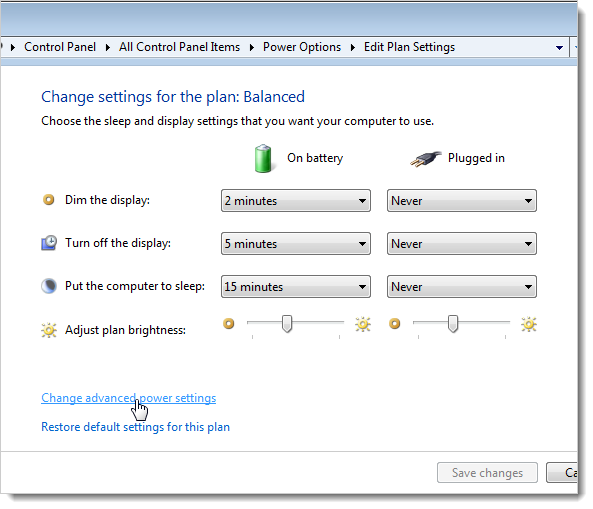
When using hybrid sleep mode, your operating system will save your current laptop state to a file on your hard drive as it does with hibernation mode. However, if your laptop has the hybrid sleep mode, the best way to explain it is to hibernate and sleep. Most laptops will not have the hybrid sleep mode enabled as this is really designed for desktop computers. This is not a large amount of power, though. But your laptop will be consuming a higher level of power because it needs to maintain what is in the memory. The good thing about sleep mode is that everything will resume much faster than with hibernation or a shutdown. This is because everything you have open before engaging in sleep mode will reside in your laptop’s memory, but other aspects of your laptop will shut down and not consume any power. Placing your laptop in sleep mode will put it into a state of low power. Nevertheless, your laptop will use about the same amount of power in the hibernation state as with a shutdown. However, it will take longer for you to resume when you use hibernation as your laptop has to load up everything from a saved file. Using hibernation will consume less power than sleep mode because you are not keeping everything in memory which requires more power. So, after a while, you will return to the same state as you had before hibernation. Starting your laptop again from a hibernation state means that your operating system will locate the hibernation file and then use this to load all of your previous applications and files into memory. Instead of keeping these in memory, hibernate writes them to a file. For example, all of the applications you have open on your laptop and the files you are using are stored in memory. This is basically a “ memory dump” to a file. When you choose the hibernate option, your operating system will save its current state to a file on your hard drive. It will usually take at least a couple of minutes to go through the restart process.


When you restart, your laptop will go through a complete power down and then boot-up sequence. Quite often, you will need to restart your laptop for the latest updates to take effect.
#Sleep vs hibernate on laptops update#
There is no real power saving with this power option, but sometimes it is necessary to restart to update your operating system or one of your applications.Ī good example of this is the updating of your antivirus application. You likely know what a restart does as well. Some laptops will take a few seconds to boot up again from a shutdown, and others will take a few minutes. For example, if you use Microsoft Outlook for your emails, you may have this in your start-up sequence.

Many laptop users will want specific applications to start automatically when they boot up their laptop from a shutdown. This will take a little while, depending on the hardware in your laptop and the startup configuration you have for specific applications. When you want to use your laptop again, you will need to use the power button to initiate the “boot-up” process for your laptop. Thus, shutting down your laptop will mean that it will consume virtually no power at all.
#Sleep vs hibernate on laptops windows#
When you shut down your laptop, you will close any running applications and completely close your operating system (e.g., Windows 10). You are probably already familiar with shut down.


 0 kommentar(er)
0 kommentar(er)
